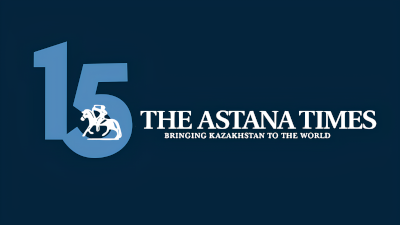ASTANA – Petroglyph clusters are sacred sites where ancient people worshipped their gods and honored their ancestors, holding profound spiritual significance, according to Olga Gumirova, founder of the Hunters for Petroglyphs public foundation. The organization is dedicated to discovering, studying, documenting, and protecting rock art from destruction.
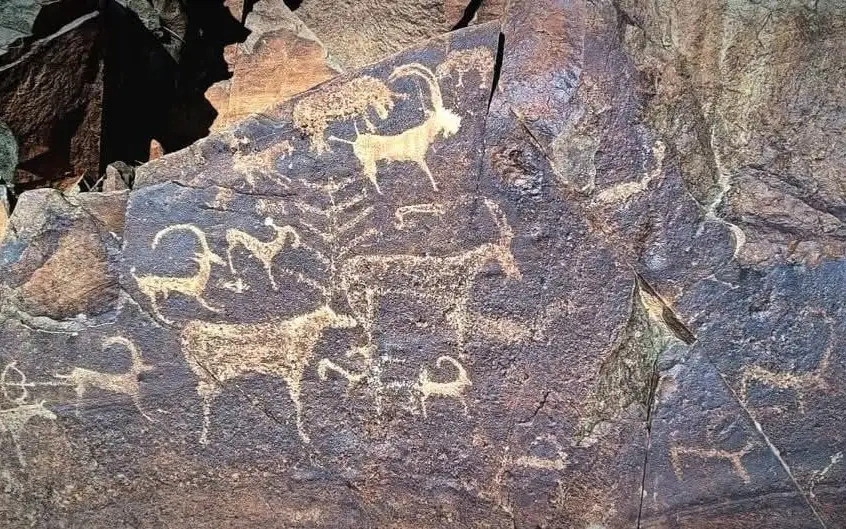
Photo credit: Gumirova’s Facebook page
Kazakhstan is home to approximately 300 unique petroglyph clusters, many of which remain unexplored.
In an interview with Kazinform news agency, Gumirova shared insights into discoveries made during archaeological expeditions and the profound meaning hidden in these ancient stone carvings.
Guardians of history
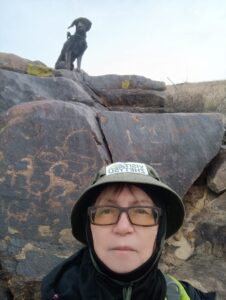
Olga Gumirova, founder of the Hunters for Petroglyphs public foundation. Photo credit: Gumirova’s Facebook page
Hunters for Petroglyphs includes scientific volunteers, public figures, activists, writers, photographers, doctors, and journalists. The foundation has signed a memorandum with the Margulan Institute of Archaeology. While many exploratory works do not require special permits, allowing independent studies, more extensive projects, such as documentation or monument registration, require licensing and collaboration with specialists from the institute.
“With winter now upon us and the expedition season concluded, our attention shifts to processing materials, preparing reports, and developing new projects. We also offer lectures on Kazakhstan’s history and archaeology, focusing on petroglyphs. In addition, we are working on creating excursions and training guides for the Arkalan Petroglyph National Park, as well as developing new tourist routes,” said Gumirova.
One of the most memorable discoveries, according to Gumirova, was in the Daulybai Mountains, near Taldykorgan, in a place called Ordakul.
“We anticipated finding interesting carvings, but what we uncovered took us by surprise—it turned out to be a major scientific discovery. The site is now being formally documented, with protection zones set to be established,” she said.
Experts estimate the site contains about 25,000 petroglyphs, making it one of the largest collections in Eurasia. Its proximity to the city makes it easily accessible.
“These carvings narrate the history of nomadic culture in the Zhetysu Region. We believe that a national park should be established here to attract tourists and introduce them to the nomadic heritage,” said Gumirova.
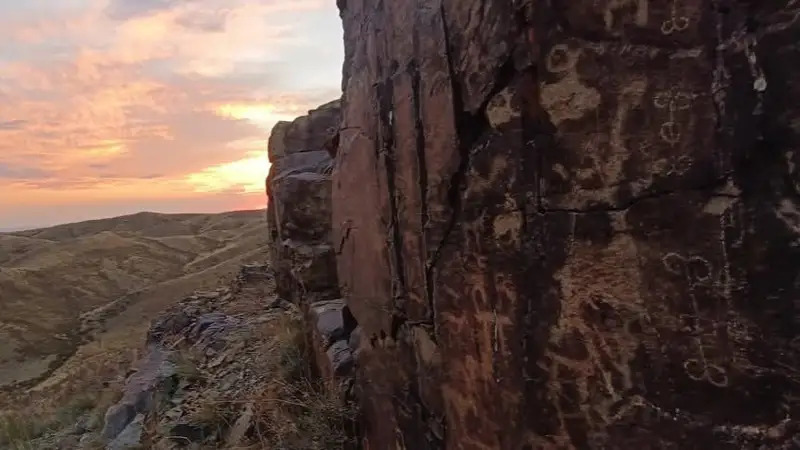
Kazakhstan is home to approximately 300 unique petroglyph clusters. Photo credit: Gumirova’s Facebook page
Petroglyphs are scattered throughout almost all of Kazakhstan, although many remain unexplored due to their remote locations and limited funding for archaeological research. However, the discoveries made over the years strengthen Kazakhstan’s reputation as a country rich in petroglyph heritage.
“The largest concentrations of petroglyphs are in the Turkistan, Zhambyl, Almaty, and Zhetysu regions. In my view, Taldykorgan can be considered the capital of the country’s petroglyphs. Several significant clusters are located near the regional center, making these monuments not only crucial to Kazakhstan but also among the top five largest petroglyph sites in Eurasia,” said Gumirova.
She emphasized that among those sites, notable examples include Eshkiolmes and the newly discovered Ordakul cluster. Other significant locations near Taldykorgan include Alabasy and Bayan Zhurek, near Kapal.
“We have also identified several additional clusters that remain largely unexplored, with initial estimates indicating 10,000 petroglyphs,” she said.
Preserving cultural legacy
“Just as Egypt has pyramids and Greece has temples dedicated to the gods, Kazakhstan has petroglyphs. Each of these is unique, with some showcasing true masterpieces of ancient art. Petroglyphs are our heritage, and we must preserve them for future generations,” said Gumirova.
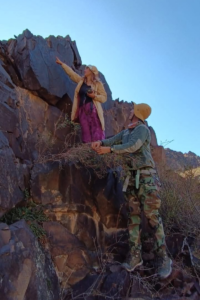
Hunters for Petroglyphs is dedicated to discovering, studying, documenting, and protecting rock art from destruction. Photo credit: Gumirova’s Facebook page
She highlighted the need to protect petroglyphs from vandalism, pointing out that creating archaeological parks with proper security is the only effective solution.
“These parks should be both state-run and privately operated. For example, private archaeological parks could be established where residents, such as herders and their families, could oversee the monuments and maintain order in the area,” she said.
Gumirova emphasized the distinctiveness of Kazakhstan’s petroglyphs, noting that some sanctuaries have been in use for over four millennia. The images reflect the continuity of various peoples and tribes that inhabited the region until the mid-20th century.
“The local population has always treated these sites in great reverence, with some traditions continuing over time. For example, hunters from the 19th and early 20th centuries added figures with rifles to the carvings, blending them into Bronze Age scenes. Some petroglyphs depict hunting scenes that span different eras—from Bronze Age archers to Turkic tribes and even nearly modern hunters,” said Gumirova.
“In this way, petroglyphs serve as visual narratives of the country’s history, offering invaluable insights into the culture, traditions, and customs of its people over thousands of years,” she added.

